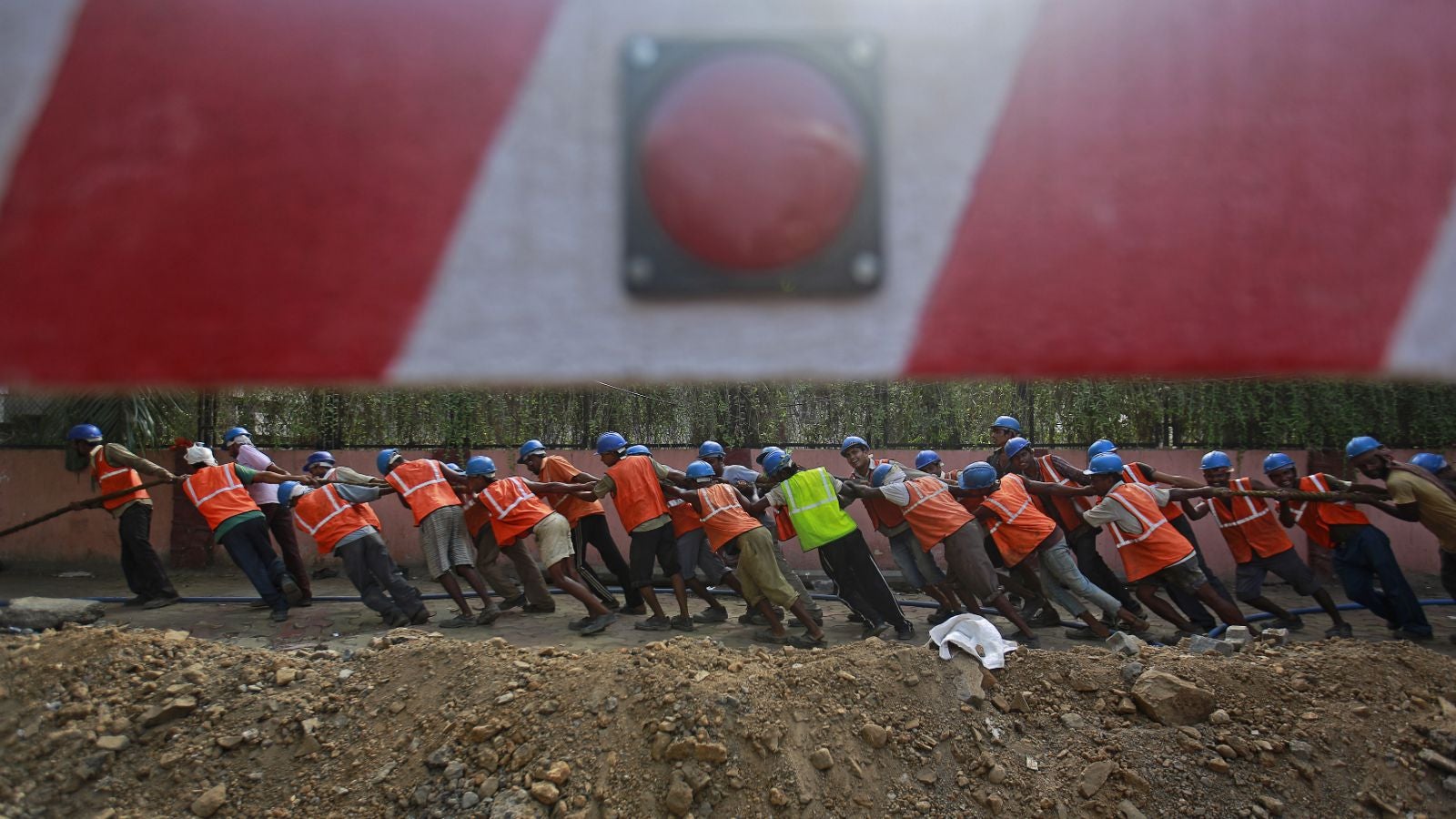It is futile to hurry. India’s labour law problem can only be fixed in phases
A perpetual dilemma in policy reform in a democracy is between evolutionary and revolutionary change. Propose something big and the reaction of the policy makers is that is undoable. Propose something small and the reaction is that it does not move the needle sufficiently. The fascinating part about the recent labour reform proposals is that they have managed to accomplish both reactions at once—they are seen as too timid by people who believe that labour laws are responsible for 100% of net job creation happening informally in the last twenty years, and too aggressive for people who believe that current labour laws only protect 10% of the labour force so any reform will only reduce this number.


A perpetual dilemma in policy reform in a democracy is between evolutionary and revolutionary change. Propose something big and the reaction of the policy makers is that is undoable. Propose something small and the reaction is that it does not move the needle sufficiently. The fascinating part about the recent labour reform proposals is that they have managed to accomplish both reactions at once—they are seen as too timid by people who believe that labour laws are responsible for 100% of net job creation happening informally in the last twenty years, and too aggressive for people who believe that current labour laws only protect 10% of the labour force so any reform will only reduce this number.
India is in a jobs emergency; 1 million kids will join the labour force every month for the next 20 years besides the 300 million current workers who need to be moved to higher productivity occupations (50% of our labour force working in agriculture only generates 15% of GDP). Dealing with this emergency of course involves fixing India’s infrastructure. But labour law cholesterol is an important reason that only 12% of Indian workers work in manufacturing. The recent reforms are only a start. But they are a great start.
It is important to recognize that any reform is about second best choices. The best choices attract violent reactions from the status quo. Many people have proposed labour law reform as a hundred or zero bet; we have got zero. We should propose twenty, get it, and use that as base camp for the next assault. And with something as emotional as personal as labour laws, progress lies in death by a thousand cuts rather than a regulatory beheading.
Sequencing matter; any reform program which place hire-and-fire at the centre of the agenda in the first phase will fail. But accepting this is not crippling; there is a lot of regulatory cholesterol in labour laws that has nothing to do with Chapter VB of the Industrial Disputes Act, which is the most toxic part of the labour laws that deals with hire and fire and distorts the employment contract. Labour law reform should be sequenced in five phases: workflow and processes of labour laws, consolidation of definitions, benefits, trade union reform, and employment contract reform.
The recent reforms took interesting steps around the workflow by introducing a single portal for central labour laws and unique numbers for employees and employers. The second phase should be consolidation of labour laws and removing contradictory definitions for wages, worker, etc that become a source of corruption and litigation. The third phase should review India’s dysfunctional benefits regime that confiscates 49% of wages for low wage workers; we need to create competition for Employees State Insurance Corporation and Employees Provident Fund Organization (both are badly managed organizations that have hostages, not clients) and we should make the employee contribution to provident fund voluntary. The fourth phase should review trade union law to make them more representative; the politicization of trade unions and the criminalization of politics is a combustible cocktail. The final phase should review laws that make an employment contract a marriage where divorce is impossible; forcing employers to sign contracts on paper that perpetually breed informal employment. Each phases builds on the previous one.
If these problems are addressed in stages, a robust labour law regime in India will not remain out of our reach.